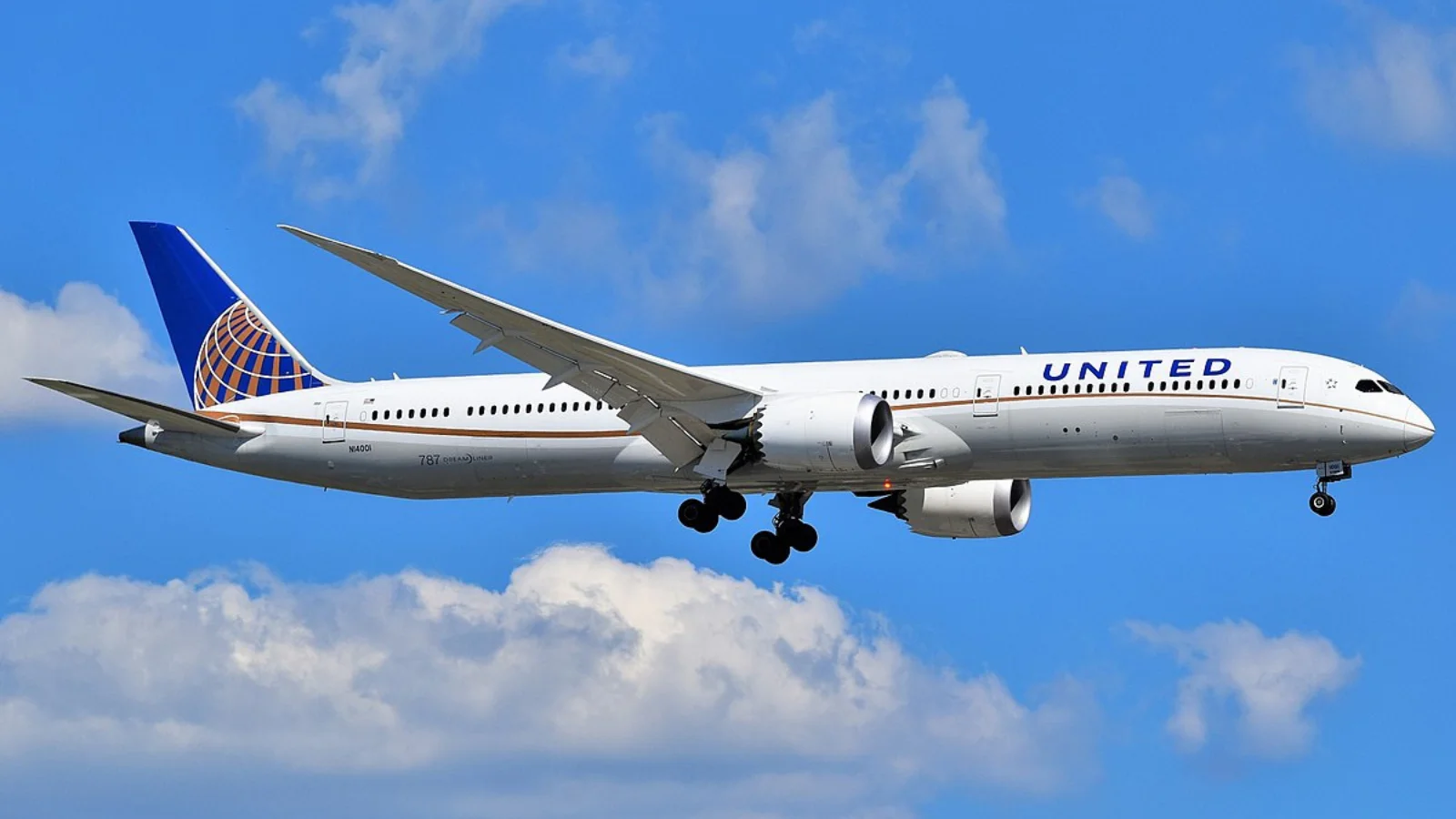ANA received the first commercial delivery of a Boeing 787-8 in September 2011 and started operations between Tokyo Narita and Hong Kong that October. Despite initial technical setbacks with lithium-ion batteries leading to a temporary grounding in early 2013, modifications allowed service to resume by April that year.
The largest model—the Boeing 787-10—entered commercial service with Singapore Airlines in March 2018 after its maiden flight one year earlier. Over time, more than 1,250 Dreamliners have been delivered worldwide; ANA is currently their largest operator.
The popularity of the Dreamliner series stems from advanced composite materials making up about four-fifths of its airframe—including carbon fiber-reinforced polymer—which helps reduce weight while maintaining strength. The -10 variant seats up to 440 passengers at maximum capacity or typically around 330 passengers across two classes.
Powered by either General Electric GEnx or Rolls-Royce Trent engines capable of producing up to 76,000 pounds of thrust each, this model has a range of approximately 6,330 nautical miles (about 7,280 miles)—the shortest among Dreamliner versions but suitable for high-density transcontinental and select international routes.
United’s use of all three Dreamliner types provides flexibility across various route demands. Historically deployed on major transcontinental flights such as Newark-Los Angeles or Newark-San Francisco—where passenger demand is high—the airline now uses its fleet primarily for long-haul international services connecting hubs like Newark Liberty International Airport (EWR), Los Angeles International Airport (LAX), and Chicago O’Hare International Airport (ORD) with destinations including Frankfurt (FRA), Paris (CDG), Barcelona (BCN), Dublin (DUB), Tokyo Haneda (HND), Munich (MUC), Brussels (BRU), Athens (ATH), São Paulo‑Guarulhos Airport (GRU), Leonardo da Vinci International Airport (FCO), London Heathrow Airport (LHR) and Honolulu’s Daniel K. Inouye International Airport.
Other major U.S. carriers—such as American Airlines and Delta Air Lines—operate smaller variants like the -8 or -9 but have not adopted the -10 due to its shorter range not aligning with their focus on ultra-long-haul flights or niche markets requiring smaller capacities. Instead, these airlines prioritize operational flexibility or longer-range aircraft better suited for their networks.
Internationally, other operators such as Qatar Airways, Singapore Airlines, Air Canada, Thai Airways, Emirates and British Airways have incorporated the -10 into their fleets where it matches network needs.
"United is the only US airline to operate all three variants of the 787 (787-8, -9, and -10), giving it flexibility across a wide range of routes."
"United Airlines currently utilizes the 787-10 on long-haul international flights. The 787-10 is the largest variant in the Dreamliner family which means it offers most passenger capacity. However it also delivers excellent fuel efficiency and lower operating costs than older widebody aircraft."
"The Boeing 787-10's extended fuselage and shorter range do not currently align with [other US] airlines' current route networks."
 Alerts Sign-up
Alerts Sign-up




































